How to Get Rid of Phlegm: Home Remedies and Medication
Home remedies for excess mucus and phlegm
Mucus is an icky, sticky substance made by cell tissues in your nose, sinuses, airways, and mouth. This gelatinous ooze actually serves a productive purpose, if you can believe it, besides providing ammunition for hocking loogies. Mucus filters your airways, trapping dust, allergens, and other irritants we inhale. However, illness and allergic reactions can cause mucus to build up, causing uncomfortable symptoms.
In this blog article, we’ll break down several easy at-home remedies to eliminate excess mucus and phlegm from your airways, nose, and throat. We will also look at the various causes of mucus buildup, the symptoms it causes, and medicinal treatment options for persistent mucus. Think of this as your catch-all guide to the goo you get when you catch a cold.
What are mucus and phelgm?
Mucus is a sticky substance produced by tissues in your nose, throat, airways, and sinuses that protect these areas from allergens, viruses, bacteria, and other pathogens. Mucus also provides lubrication, aiding in the smooth movement of food through the digestive tract and facilitating comfortable swallowing. Lastly, in the respiratory system, mucus moistens the air we breathe, ensuring that it reaches our lungs in an optimal condition for gas exchange and overall respiratory health.
Phlegm—also called sputum—is like mucus but is produced by membranes in your lungs and throat. Like mucus, phlegm protects our airways by trapping dust, allergens, and other pollutants we inhale. It is also produced by the respiratory system (the throat, windpipe, and lungs) to combat inflation.
Both mucus and phlegm are naturally occurring substances produced by the body to protect vital airways and cavities in the face and chest. However, your body may start overproducing these substances when you have an allergic reaction or develop a respiratory illness. When this occurs, mucus and phlegm build up and cause uncomfortable symptoms.
Buildup causes
An excess of mucus or phlegm is a good sign that your body is dealing with a respiratory illness or some form of irritant. Think of excess phlegm and mucus as an indicator that your immune system is going into overdrive, working extra hard to fight off an infection or foreign intruder in your respiratory tract.
Some common causes of excess mucus and phlegm are detailed below.
Respiratory Infections:
- Cold and Flu: Viral infections like the common cold and influenza (flu) often lead to increased mucus production and a runny nose.
- Sinusitis: Inflammation of the sinuses or a sinus infection can result in excess mucus in the nasal passages.
Allergies:
- Pollen, Dust, Pet Dander: Allergic reactions to environmental allergens can trigger excess mucus production and a stuffy nose.
- Food Allergies: Some individuals may experience increased mucus production due to certain food allergies.
Environmental Irritants:
- Tobacco Smoke: Smoking or exposure to secondhand smoke can irritate the respiratory tract, leading to mucus production.
- Air Pollution: Inhaling pollutants and particulate matter from the environment can stimulate mucus production.
Gastroesophageal Reflux Disease (GERD): GERD can cause stomach acid to flow back into the esophagus and throat, leading to throat irritation and increased mucus.
Respiratory Conditions:
- Asthma: Asthmatic bronchial tubes can produce excess mucus during asthma attacks.
- Chronic Obstructive Pulmonary Disease (COPD): Chronic bronchitis, lung disease, and emphysema often cause persistent phlegm production and shortness of breath.
Postnasal Drip:
Allergies: Allergic reactions can cause excess mucus to flow down the back of the throat.
Sinusitis: Chronic sinusitis can lead to persistent postnasal drip and mucus in the throat.
Lack of Hydration: Insufficient fluid intake can lead to thicker mucus, making it harder to expel from the body.
Dry or Cold Air: Dry or cold air exposure can sometimes irritate the respiratory tract and trigger mucus production.
It's important to note that the causes of excess mucus and phlegm can vary from person to person, and some individuals may experience a combination of factors contributing to their symptoms.
How to get rid of mucus and phlegm
If you are experiencing uncomfortable symptoms of excess mucus and phlegm, you can use several home remedies to clear up congestion and buildup.
Home remedies
Moisten the air: Moisturizing your home's air with a cool mist humidifier can thin mucus and phlegm in your airways, making it easier to clear chest congestion and buildup. Moist air will also work to prevent and relieve a sore throat.
When using a humidifier, clean the machine according to the manufacturer’s instructions and refill the tank with fresh water daily.
Hydrate: Hydration is crucial in reducing excess mucus in the body. When you are well-hydrated, it helps to thin the mucus secretions in your respiratory tract, making it easier for your body to expel them. Drinking adequate water keeps the mucus from becoming thick and sticky, obstructing airways and leading to congestion.
Additionally, proper hydration helps maintain the moisture levels in your nasal passages and throat. When these areas are adequately moist, it reduces irritation and inflammation, which are common triggers for excessive mucus production. Hydration also supports the function of tiny hair-like structures called cilia, which line your airways. These structures help with clearing mucus out of your respiratory system more efficiently.
Use eucalyptus: Eucalyptus is a natural remedy for chest congestion. You can apply a few drops of eucalyptus essential oil to an air diffuser or an eucalyptus oil balm to the chest to loosen phlegm.
Gargle salt water: Gargling a glass of warm water with a teaspoon of salt can help relieve irritation at the back of your throat and clear phlegm in the area. This can be done several times a day to relieve uncomfortable symptoms.
Use a saline nasal spray or neti pot: Saline nasal sprays and saline neti pot rinses can clear excess mucus from the nasal passages and sinuses. Look for a saline nasal spray that only uses sodium chloride. If you make a saline solution at home, use sterile or distilled water to reduce exposure to tap water organisms like bacteria and protozoa. To sterilize water at home, boil it for 3 to 5 minutes, letting it cool until it is lukewarm. Do not use hot water in a neti pot.
Medication
In most cases, excess mucus and phlegm can be treated with over-the-counter medicines widely available at most pharmacies and supermarkets.
Decongestants
OTC decongestants are the most commonly used medication for congestion. These drugs are widely available as oral tablets or capsules, nasal sprays, or liquid solutions meant to be ingested orally.
Decongestants narrow the blood vessels in the nasal passages, reducing swelling and congestion. This, in turn, helps open up the airways and decrease mucus production. Decongestants can relieve symptoms such as a runny or stuffy nose, making it easier to breathe and promoting overall comfort by reducing congestion and improving airflow.
Nasal decongestant sprays have been shown to make congestion symptoms worse when used for over a few days. Because of this, these drugs are meant for short-term use only.
Common OTC decongestants include:
- Afrin (oxymetazoline)
- Sudafed (pseudoephedrine)
It’s important to read the packaging of the medication you are purchasing, as many decongestants come in “Drowsy” and “Non-Drowsy” options. Do not operate a vehicle or any machinery after you have taken a “Drowsy” or “PM” version of a decongestant drug.
Expectorant
An expectorant is a medication that clears excess mucus and phlegm from the airways, primarily the respiratory tract. It works by thinning and loosening the mucus, making it easier for the body to expel it through coughing. Expectorants are often used to relieve symptoms of respiratory conditions like chest congestion, coughs, and bronchitis. They can be particularly beneficial when trying to facilitate the removal of thick and sticky mucus, promoting easier breathing and overall comfort.
Guaifenesin is the most commonly used OTC expectorant. It is available under its generic name (guaifenesin) or a brand name like Mucinex or Robitussin. Many OTC cough, cold, and flu medications also contain guaifenesin.
Antihistamines
Antihistamines are used as a treatment for allergy symptoms. These drugs block the production of histamines, a substance released by the body when it believes it has come into contact with an irritant. Histamines increase nasal discharge, which can exacerbate runny nose and congestion symptoms. By blocking the production of histamine, antihistamines help alleviate the aforementioned symptoms.
Antihistamine drugs are generally supplied as a nasal spray or oral tablet. Be sure to check the packaging of the medication you are taking, as some brands of antihistamines can make you drowsy (like Nighttime Benadryl). You should not drive a car or operate machinery after taking an antihistamine that makes you drowsy.
Common OTC antihistamines include:
When to see a doctor
Most excess mucus and phlegm cases can be cleared up with the OTC medication and wellness practices listed above. If you are experiencing symptoms that do not go away within a week or so, you may have an infection that requires more advanced medical care from a health care professional.
In addition, individuals experiencing thickened mucus caused by COPD or cystic fibrosis may require prescription medication to treat their symptoms adequately. If you experience severe symptoms like coughing up blood, chest pain, or shortness of breath, speak to a health care provider immediately.
Finally, if you notice any side effects from the home remedies and OTC medication listed above, seek medical attention as soon as possible.
Mucus and phlegm are natural substances the body produces to protect its airways. Excess mucus and phlegm often indicate the body is fighting off allergies or an infection. Not to worry: you can clear up your symptoms with the strategies listed above.
Looking for more information? Book an online doctor appointment on Sesame to discuss your symptoms and possible treatment options with a licensed health care provider today.
Related posts

Phlegm is a type of mucus produced by tissues in the respiratory system (the lungs, bronchi, throat, and windpipe). It’s a sticky, gooey substance that actually protects your airways from viruses, bacteria, allergens, and other pollutants we often inhale.
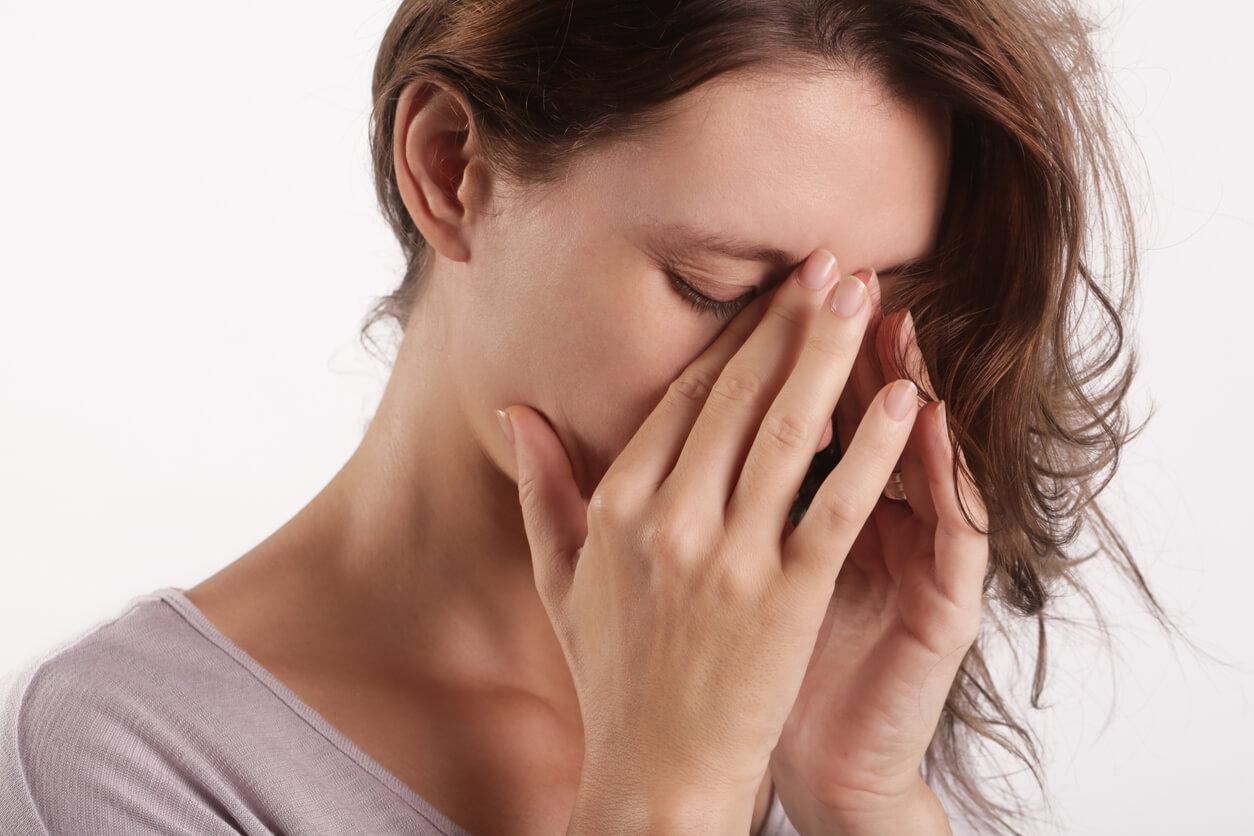
You can minimize sinus infection discomfort with at-home therapy and over-the-counter medications. Here are some of the best OTC options for a sinus infection.

Coughing is a reflex that happens so naturally. It’s how your body expels germs, dust, phlegm and more. An occasional cough is generally nothing to worry about. However, a persistent cough can be frustrating and disruptive.
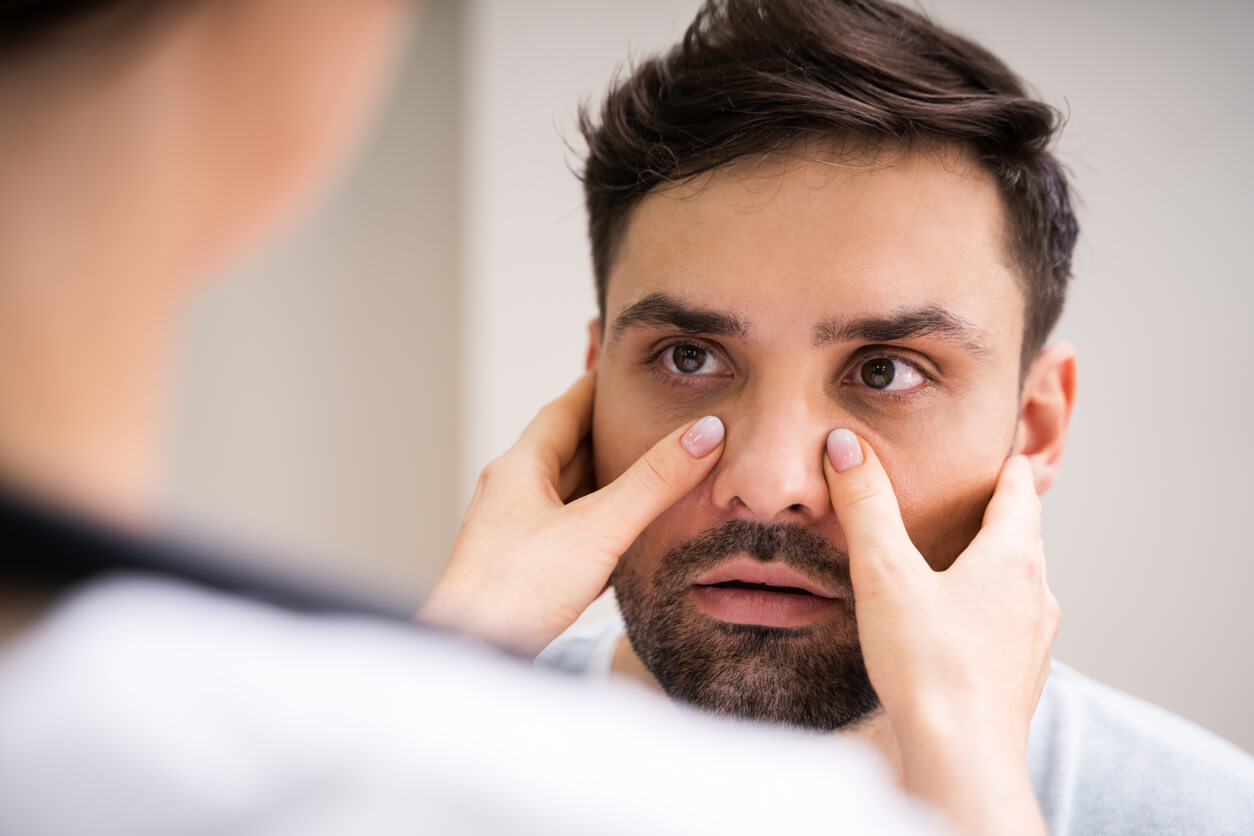
A sinus infection (acute sinusitis) is inflammation of the nasal cavities, usually caused by an infection. These spaces can become infected, inflamed, and swollen, leading to uncomfortable symptoms such as a stuffy nose and facial pain.

There are a wide range of medications on the market intended to ease coughing. In this article, we will detail some of your best options.

Repetitive, frequent sneezing can be more than just a minor annoyance. Read on for 13 ways to find relief from sneezing, fast.
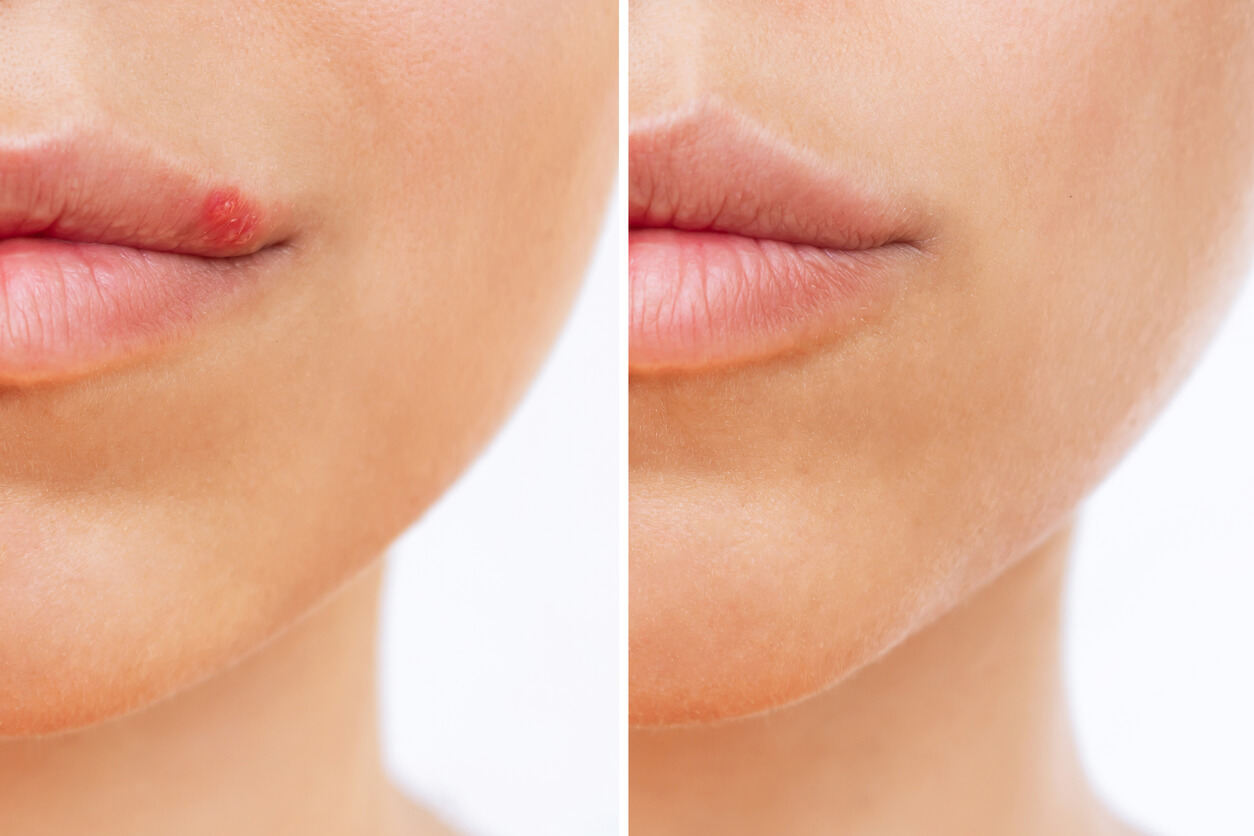
You cannot cure cold sores, but you don’t have to suffer from symptoms. Learn more about prescription and OTC medication and home remedies to treat cold sores.
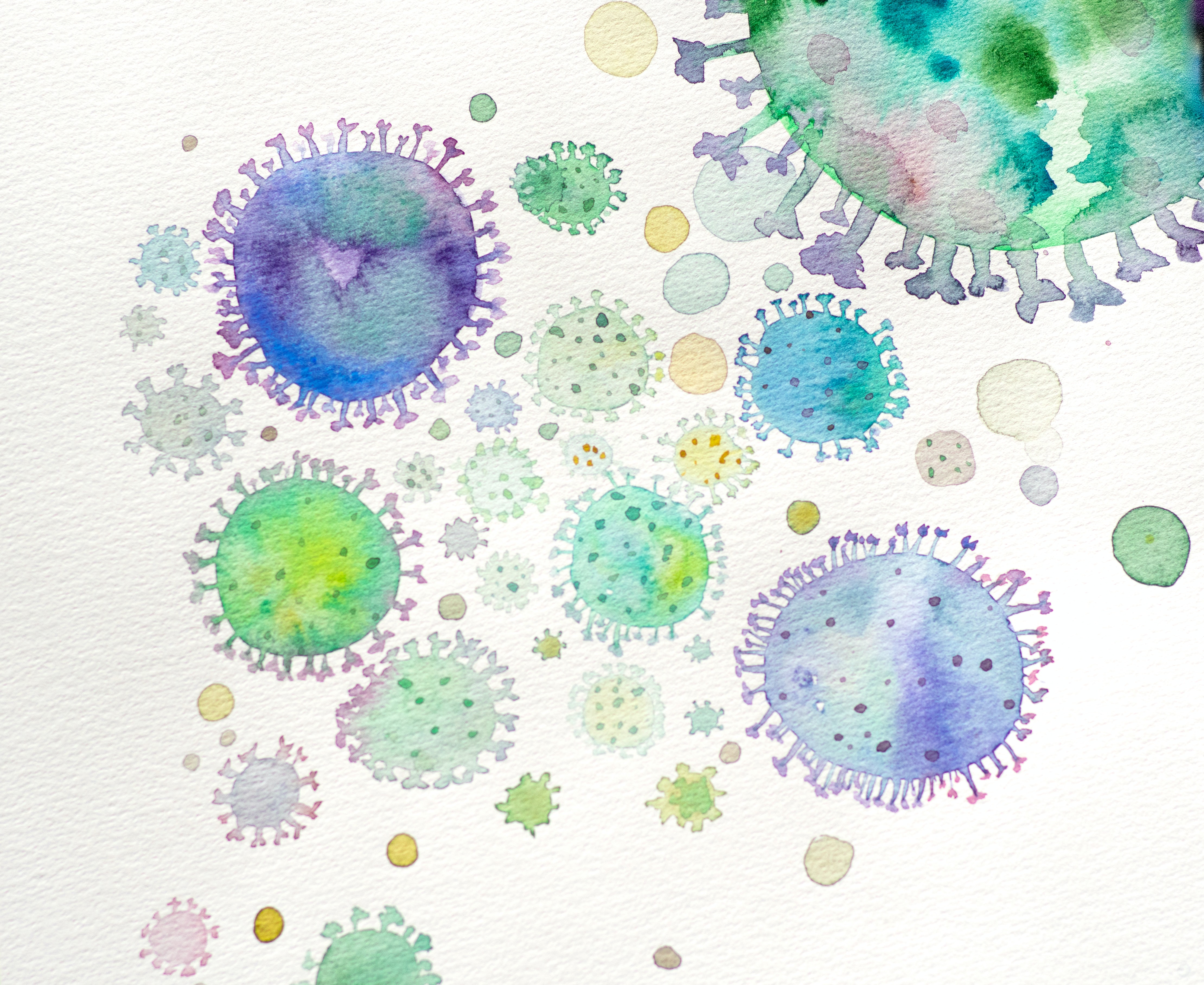
Respiratory Syncytial Virus (RSV) is a viral infection of the lungs and upper respiratory tract (the breathing passages of the nose and throat).
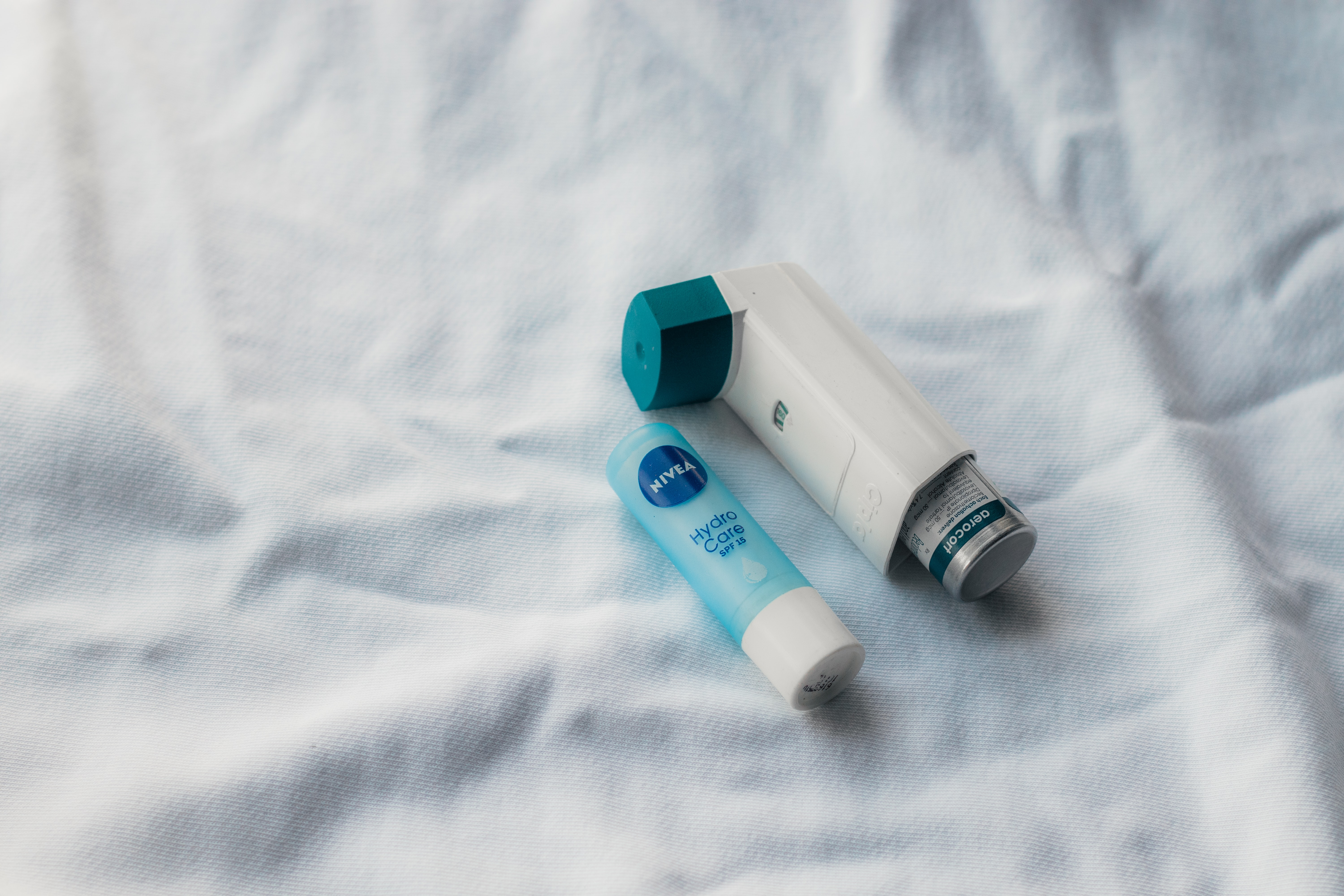
It can be difficult to figure out the best treatment plan for your health. We’ve compared the cost of asthma inhalers and detailed the pros and cons of each.
